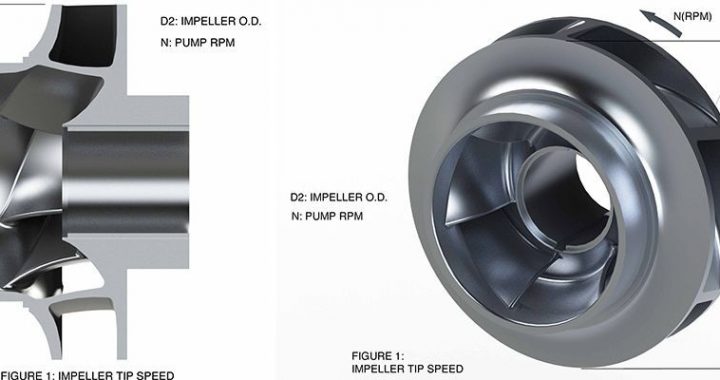
Image 1. A reciprocating pump’s fixed volume. Flow is determined by stroke, area and speed. (Images courtesy of Hydro)
Understanding the differences between these types of pumps can mean avoiding difficulties and reliability problems.
The demand for the duties that fall within the performance range of reciprocating pumps is rising. Process flows are falling while the pressures required are increasing.
Engineers are generally familiar with operating principles, performance curves and selection criteria for centrifugal pumps, but the training and knowledge around the operating principles of reciprocating pumps is not as common.
Unlike centrifugal pumps, reciprocating pumps have a stronger interaction with the system within which they sit. This is due to the pressure pulsations they generate.
If we think about any linear reciprocating motion of a piston, at some point the velocity of the piston is zero as it changes direction at the top and bottom of its stroke. This means that the pressure pulsations are much larger in a reciprocating machine than in a centrifugal machine.
Authored by Gary Dyson.
Source: pumpsandsystems.com







